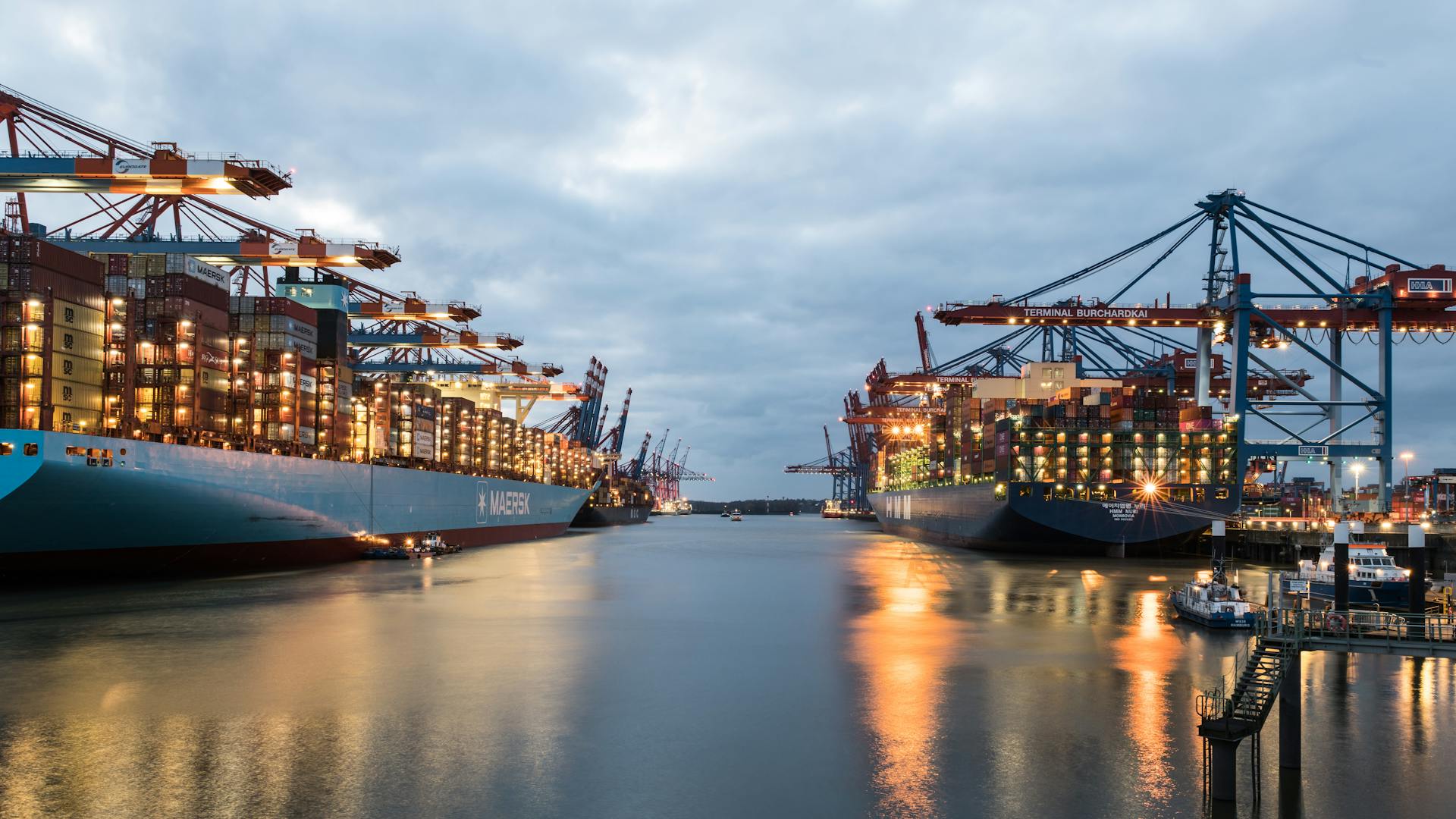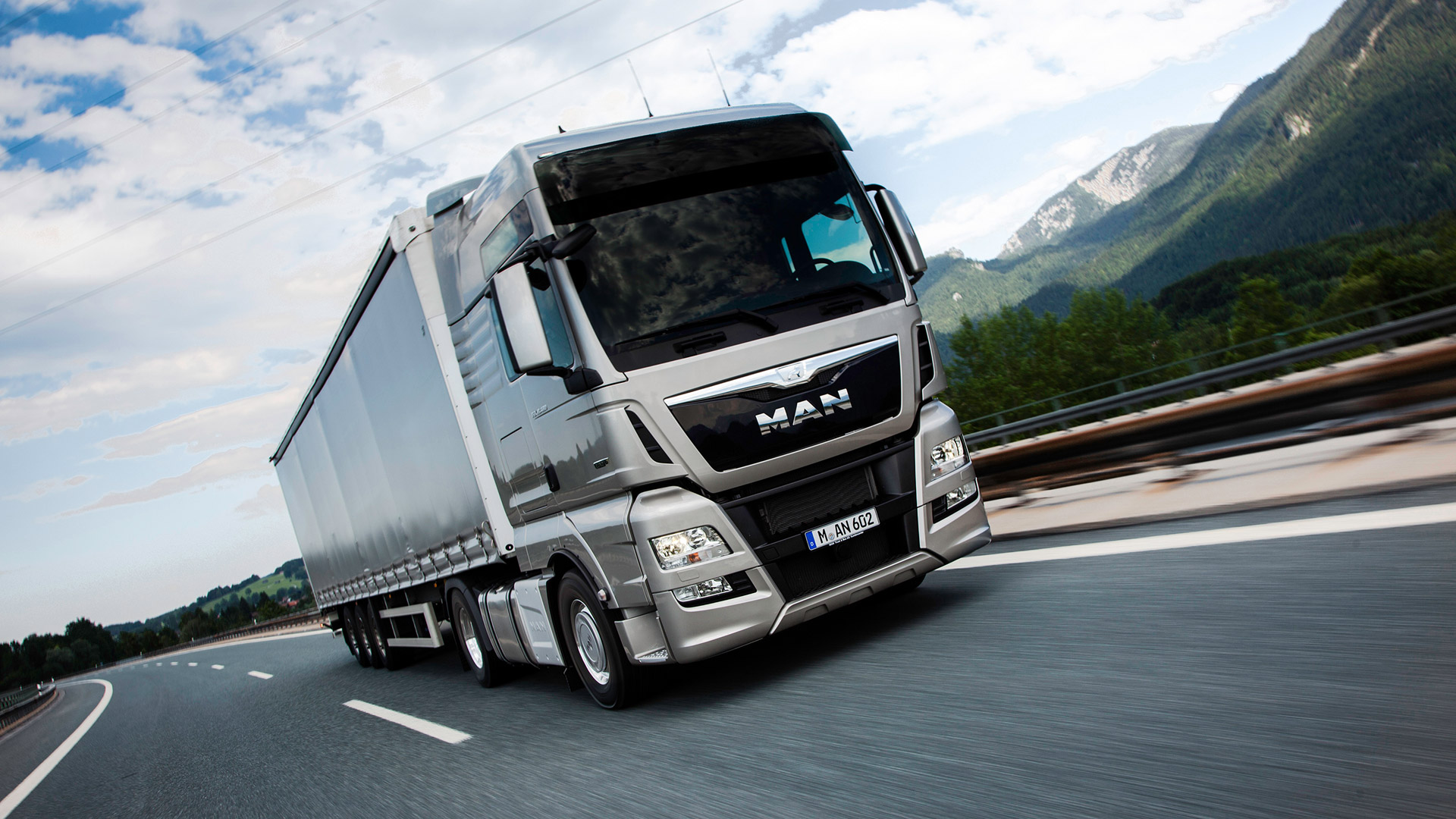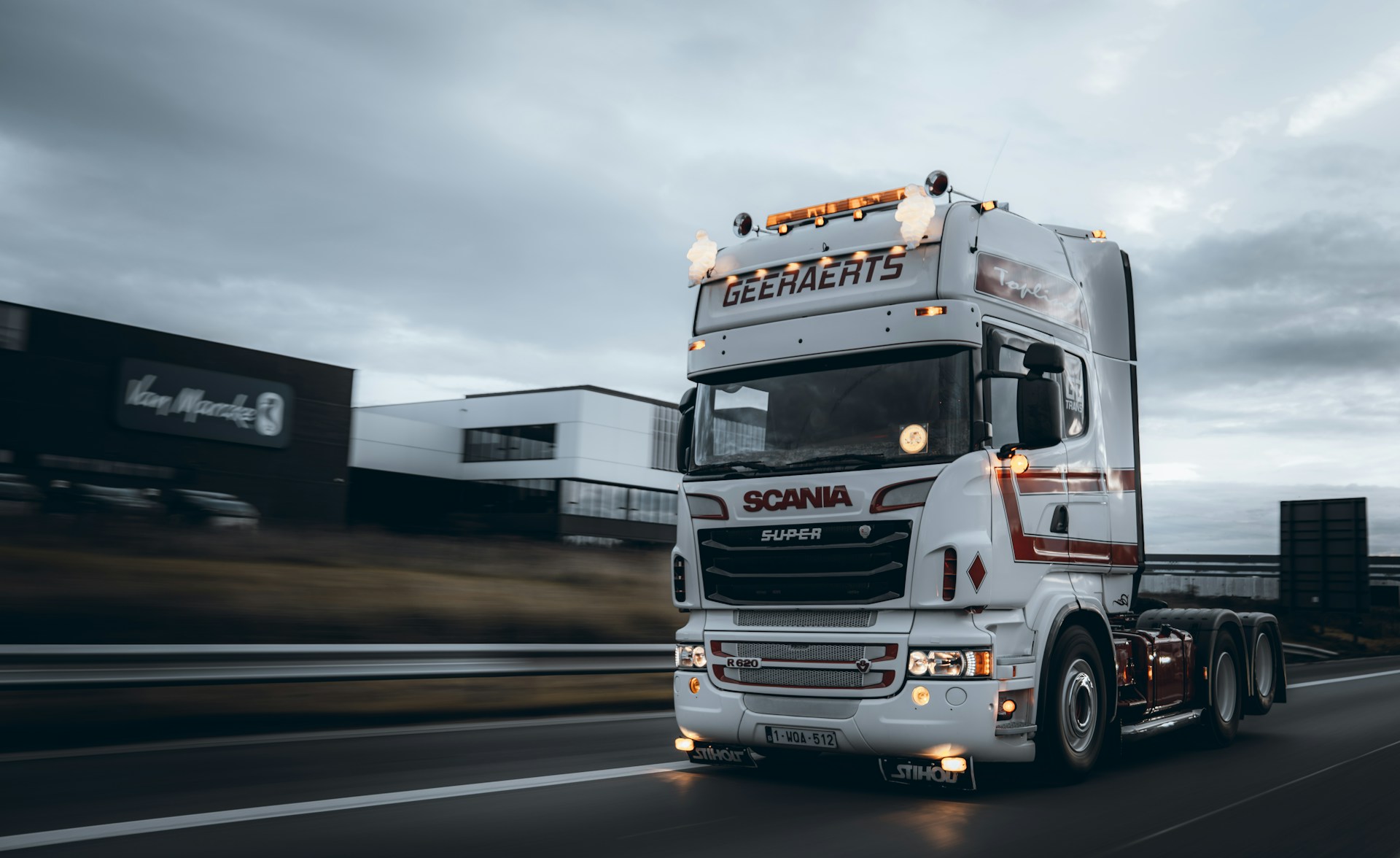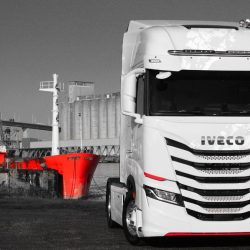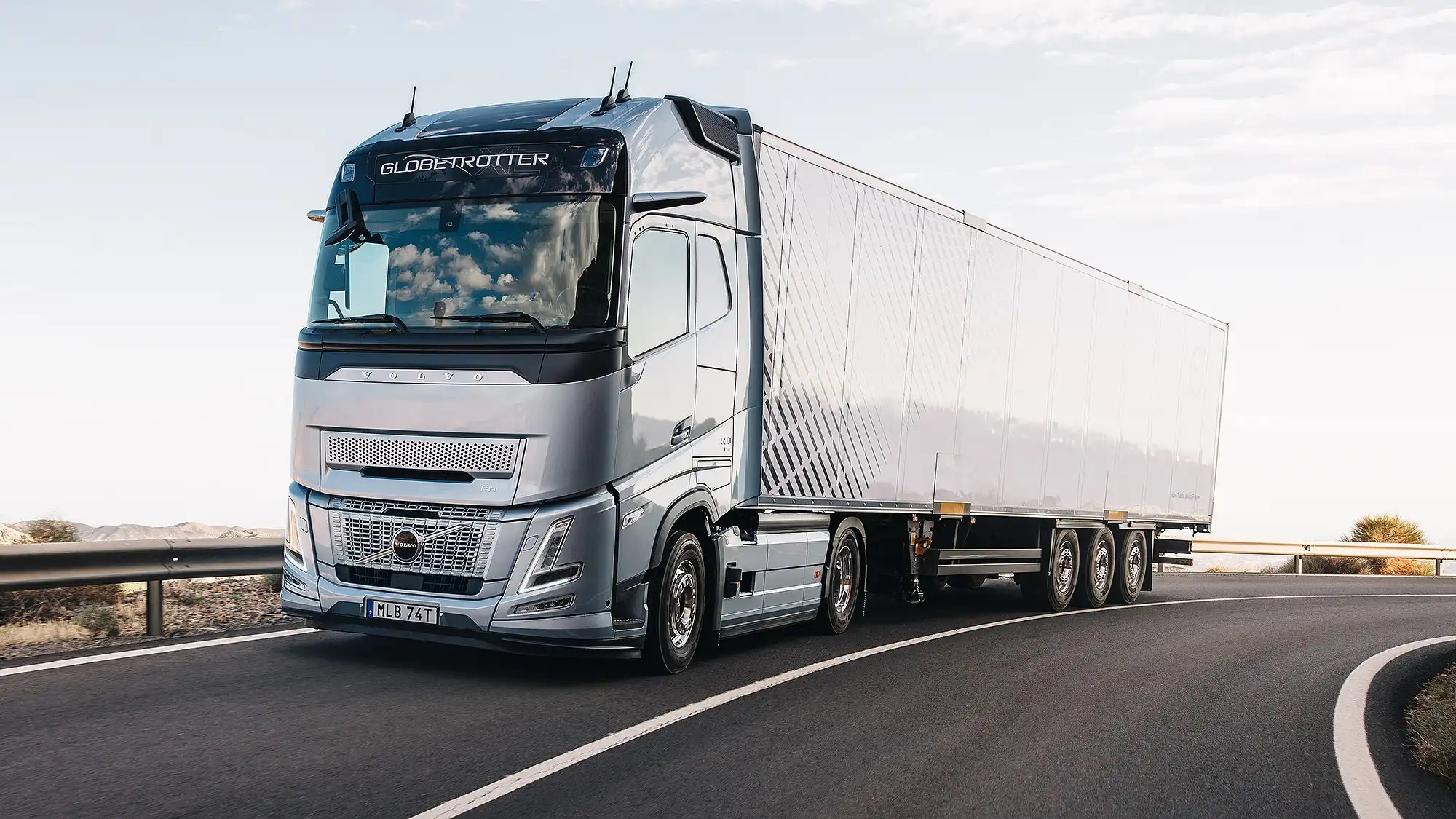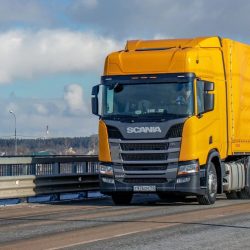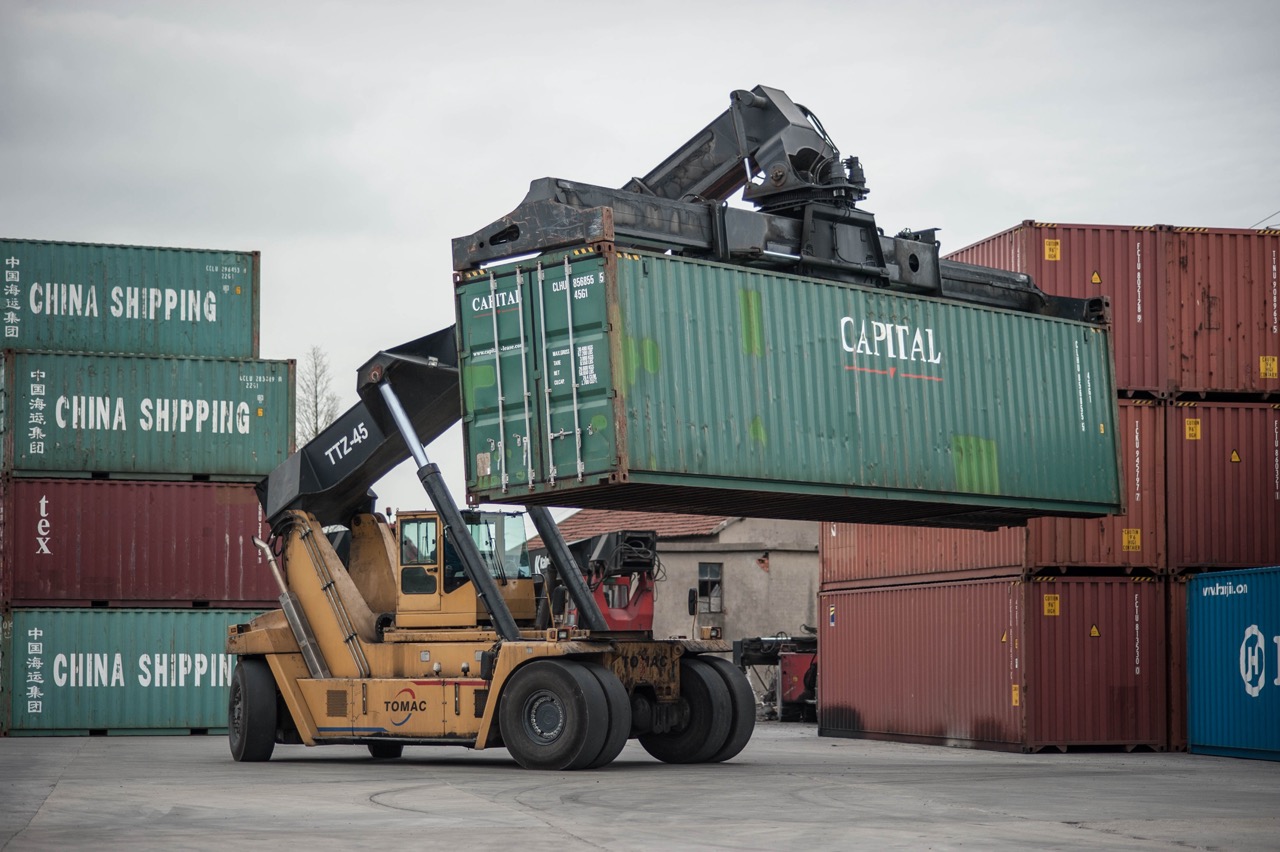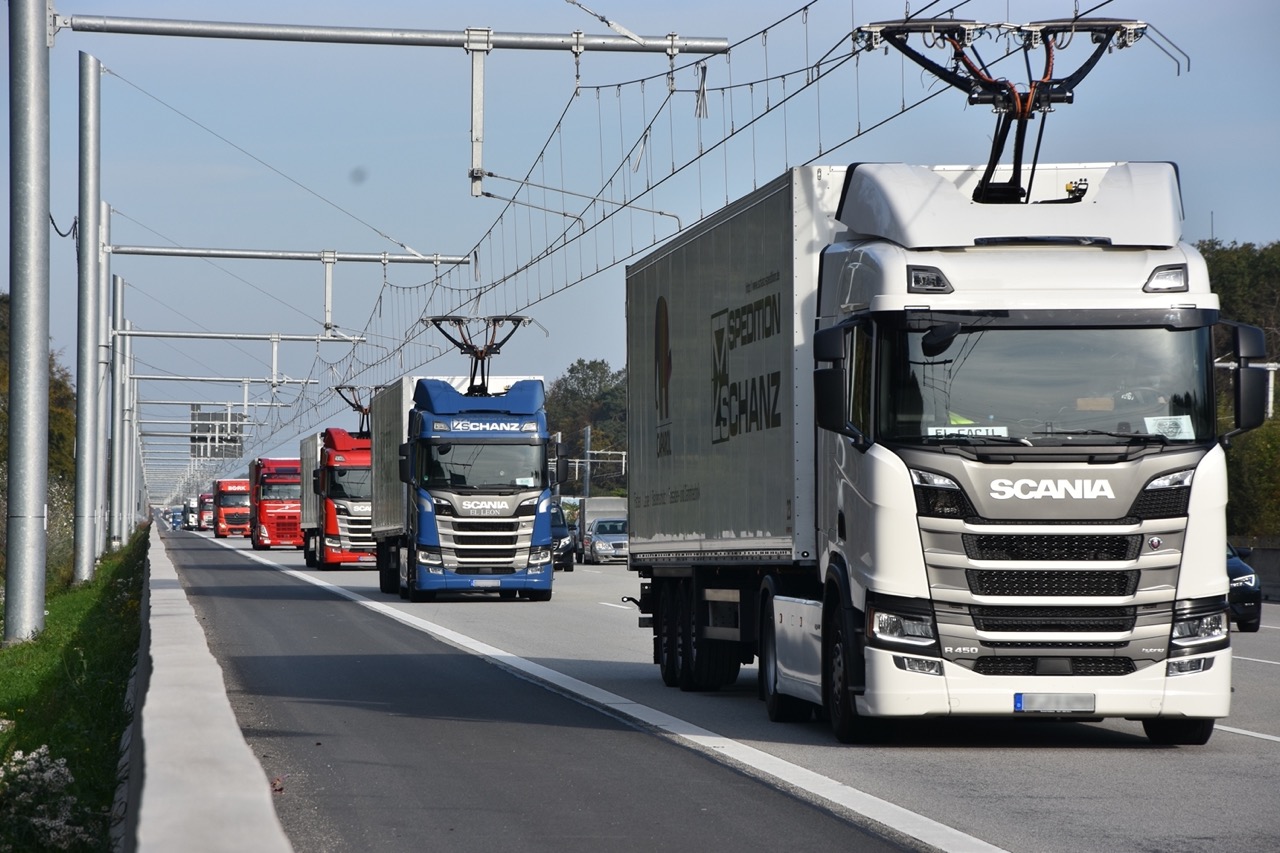EU truck market: an overview of trends
Amid increasing demand for electric vehicles, the EU truck market is losing ground. According to data from the first quarter of 2025, the number of new commercial vehicle registrations fell by 16%.
Despite this overall decline, the electric truck segment continues to grow. The Netherlands was the key market, with figures increasing by almost 343%. This country accounted for 25% of all electric truck sales in the EU. In the region as a whole, growth amounted to 51%, which, given the decline in the overall market volume, is particularly notable.
ACEA states that market dynamics in the first quarter were as follows:
- about 73 thousand new trucks were registered;
- a decline in volumes was observed in the medium and heavy vehicle sectors;
- registrations in the medium class fell by almost 13%;
- the number of sales in the heavy class fell by about 17%.
Meanwhile, the share of electric trucks is growing, accounting for 3.5% of total registrations. This figure was 2% a year earlier. Sales in this segment increased by more than 122% in the UK and by 138% in Italy.
Although the electric vehicle sector is growing, diesel trucks continue to dominate. In the first quarter, they accounted for 93% of all registrations. However, even in this segment, there was a year-on-year decline of 18%. Hybrid models accounted for 2.6% of registrations, while alternative energy vehicles accounted for less than 1%.

Prospects for the development of electric vehicles
The EU is continuing to pursue decarbonisation, including the phase-out of internal combustion engines. One of the key conditions for the widespread adoption of electric trucks is the development of the necessary infrastructure.
France is making good progress in this area. The country is conducting final tests on an inductive charging system that enables vehicles to recharge while in motion. The current version of the system covers 1.5 kilometres of road. Nevertheless, if the project is successful, it will be expanded.
Inductive coils are installed under the road surface to allow vehicles to charge directly while driving. This approach promotes the development of electric vehicle infrastructure and speeds up the charging process.
Additionally, European countries are introducing various initiatives to encourage the transition to green transportation. These initiatives are designed for both ordinary citizens and businesses, particularly those in logistics. Notably, many large carriers are incorporating electric trucks into their operations. These include DHL, DPD and DB Schenker, among others.
Companies see this transition as more than just a contribution to sustainable development. It also makes it possible to improve delivery efficiency and reduce operating costs. Furthermore, using electric transportation helps companies to meet the environmental standards of their partners and customers.




